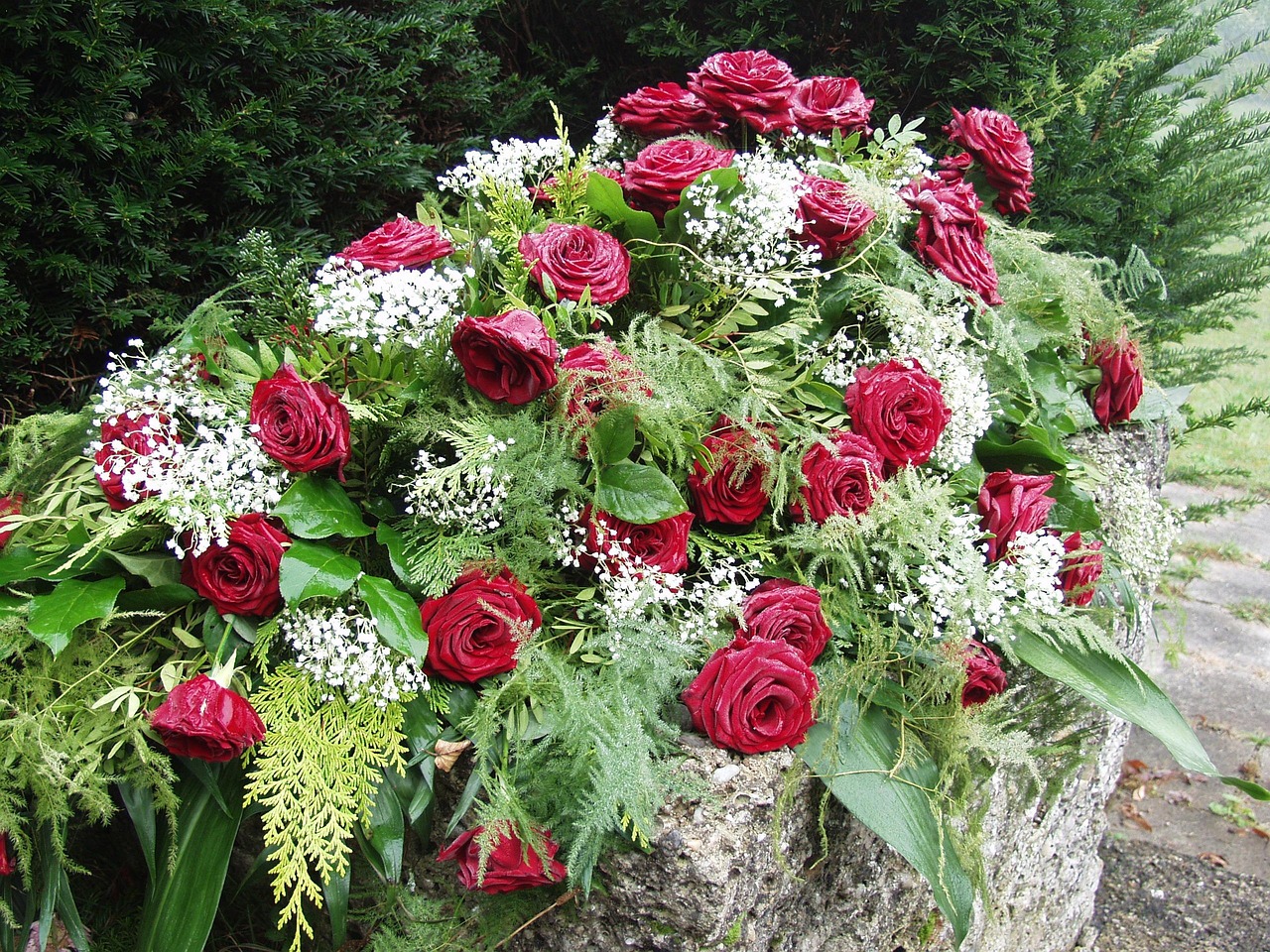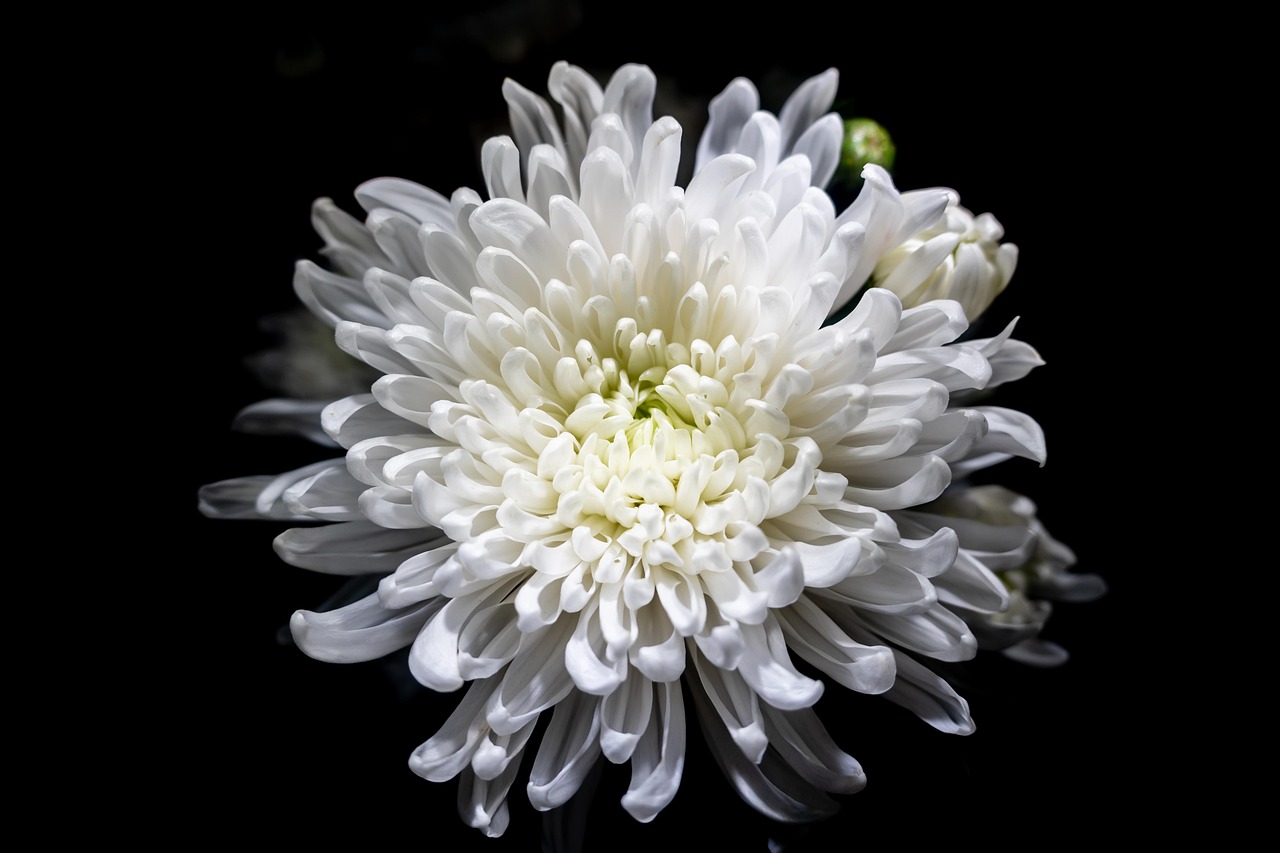The Beauty and Meaning of White Flowers
The Beauty and Meaning of White flowers: White Flowers have long captured the human imagination with their ethereal beauty and timeless elegance. From bridal bouquets to garden beds and spiritual ceremonies, these delicate blossoms transcend cultures and occasions. Their subtle charm lies not only in their visual purity but in the profound symbolism they carry—representing innocence, peace, reverence, and new beginnings.
In a world filled with colour, white flowers offer a gentle contrast, reminding us of simplicity and the profound power of quiet beauty.
A Symbol of Purity and Innocence
White flowers are often associated with purity and innocence, making them a popular choice for weddings, christenings, and other ceremonies that mark new chapters in life. The white rose, for example, is a traditional symbol of virginity and young love, which is why it’s commonly used in bridal arrangements.
Similarly, the white lily—particularly the Madonna Lily—has long been a symbol of the Virgin Mary in Christian iconography. It stands for chastity and divine beauty, often seen in churches and religious celebrations.
But this symbolism isn’t confined to Western traditions. In Eastern cultures too, white flowers can represent spiritual purity and enlightenment. The white lotus, for instance, is revered in Buddhism and Hinduism as a sign of transcendence, rising above murky waters to bloom untainted by the impurities around it.
Elegance in Simplicity
There is something undeniably elegant about a bouquet of white flowers. Their understated beauty allows them to blend seamlessly into almost any setting, from minimalist interiors to opulent gardens. Unlike brightly coloured blooms that shout for attention, white flowers whisper, inviting closer inspection and contemplation.
Think of a white orchid, with its graceful lines and delicate petals. It exudes sophistication and refinement without being ostentatious. Or the pure white hydrangea, with its cloud-like clusters that bring softness and serenity to any arrangement.
White flowers can also serve as a neutral backdrop, highlighting the colours of other flowers while still making a quiet statement of their own. They’re the peacemakers in floral design, harmonizing with every shade and texture.
Peace, Remembrance, and Reverence
White flowers often carry a message of peace and are commonly used in memorials and funerals. Their quiet colour speaks of reverence and respect, offering comfort in times of grief. A simple arrangement of white carnations, lilies, or chrysanthemums can express sympathy in a way that words often cannot.
In this context, white flowers are not just about sorrow—they are about hope, too. They represent the soul’s purity and the belief in life after death, making them a gentle reminder of the eternal and the sacred.
A Canvas for Emotion
What makes white flowers so uniquely powerful is their versatility. They can evoke a range of emotions depending on how they are presented. In a bridal bouquet, they celebrate love and unity. In a funeral wreath, they honour life and legacy. In a vase on your kitchen table, they bring calm and clarity to everyday living.
They are often used in meditation spaces, spas, and wellness retreats because of their calming effect. Just one white flower, carefully placed, can transform the atmosphere of a room—inviting stillness and reflection.
The Language of White Flowers
In the Victorian era, flowers were used to convey messages that couldn’t be spoken aloud. This practice, known as floriography, assigned meanings to different blooms. White flowers had a special place in this secret language:
- White Rose – Innocence, youth, and eternal love
- White Lily – Purity, majesty, and rebirth
- White Carnation – Sweet and pure love, often associated with a mother’s undying affection
- White Chrysanthemum – Truth and loyalty, though in some cultures, especially in Asia, it’s also a flower of mourning
- White Tulip – Forgiveness and respect
- White Daisy – Hope and new beginnings
By understanding these meanings, you can use white flowers to communicate sentiments with grace and depth, whether you’re sending a message of congratulations, sympathy, or reconciliation.
Caring for White Flowers
Because of their light hue, white flowers can be more delicate and prone to showing signs of age or wear. Proper care is essential to maintaining their pristine appearance. Here are a few quick tips:
- Always cut the stems at an angle under clean water before placing them in a vase.
- Use clean, cool water and change it every two days.
- Remove any leaves below the waterline to prevent bacteria.
- Keep them out of direct sunlight and away from drafts or heat sources.
Whether freshly picked from your garden or purchased from a florist, a well-tended bouquet of white flowers can last for days and bring lasting beauty into your space.
Bringing White Flowers Into Your Life
White flowers can fit into any lifestyle or aesthetic. Want to create a peaceful home sanctuary? Add a vase of white calla lilies to your living room. Planning a special event? Incorporate white roses and hydrangeas for timeless elegance. Looking for a meaningful gift? A bouquet of white tulips says, “I care, and I respect you.”
You can also plant white flowers in your garden to create a moonlit oasis. Blooms like white jasmine, night-blooming cereus, and moonflower glow under moonlight and release subtle fragrances that enhance the night time garden experience.
Final Thoughts
White flowers are more than just beautiful—they are deeply symbolic, versatile, and emotionally resonant. Whether marking life’s most joyful milestones or offering quiet solace during sorrow, these blooms remind us of the power of simplicity and the beauty in the unspoken.
Next time you find yourself drawn to a white flower, pause for a moment. In its petals, you may find not just a delicate blossom, but a message of peace, hope, and timeless grace.



